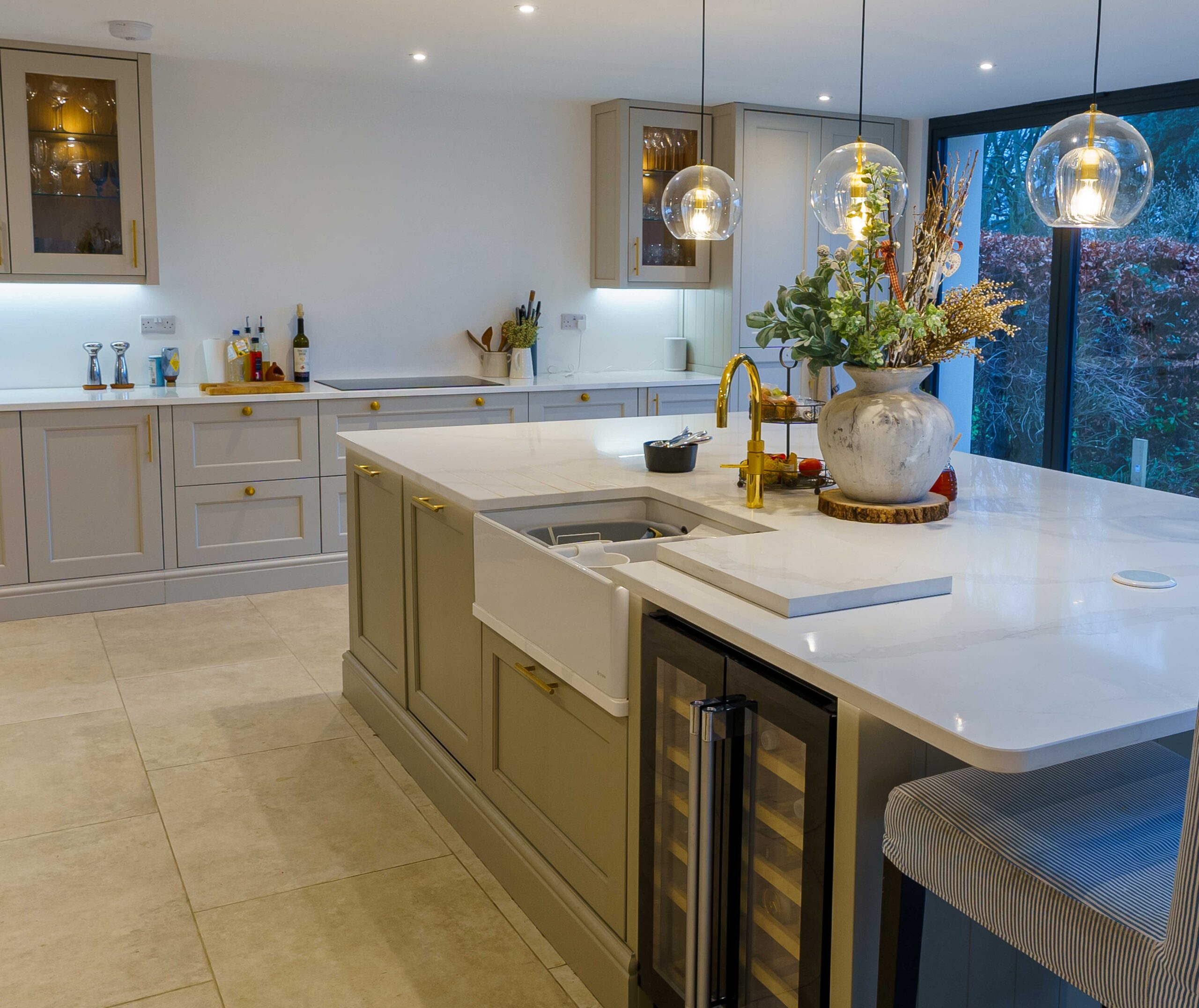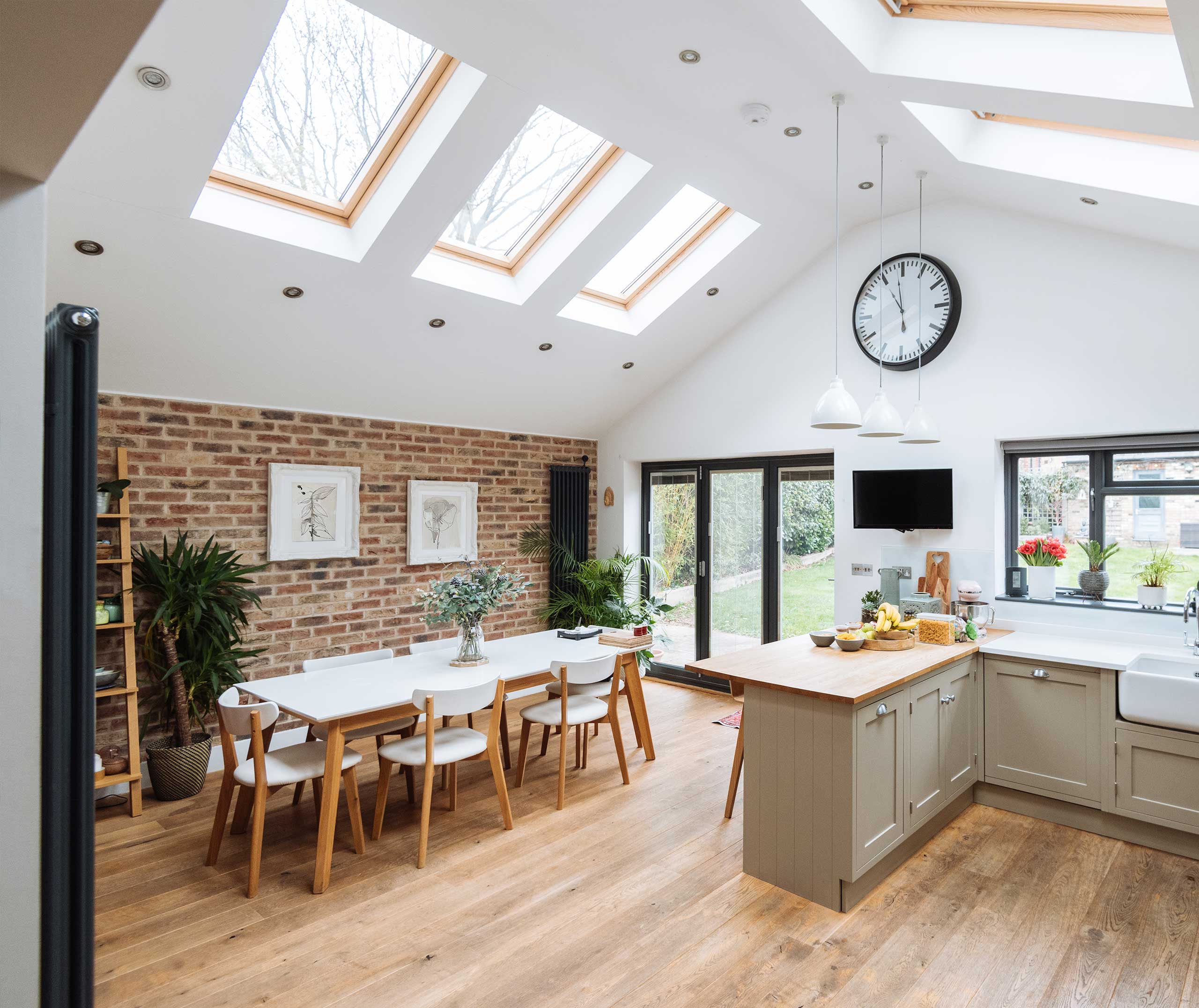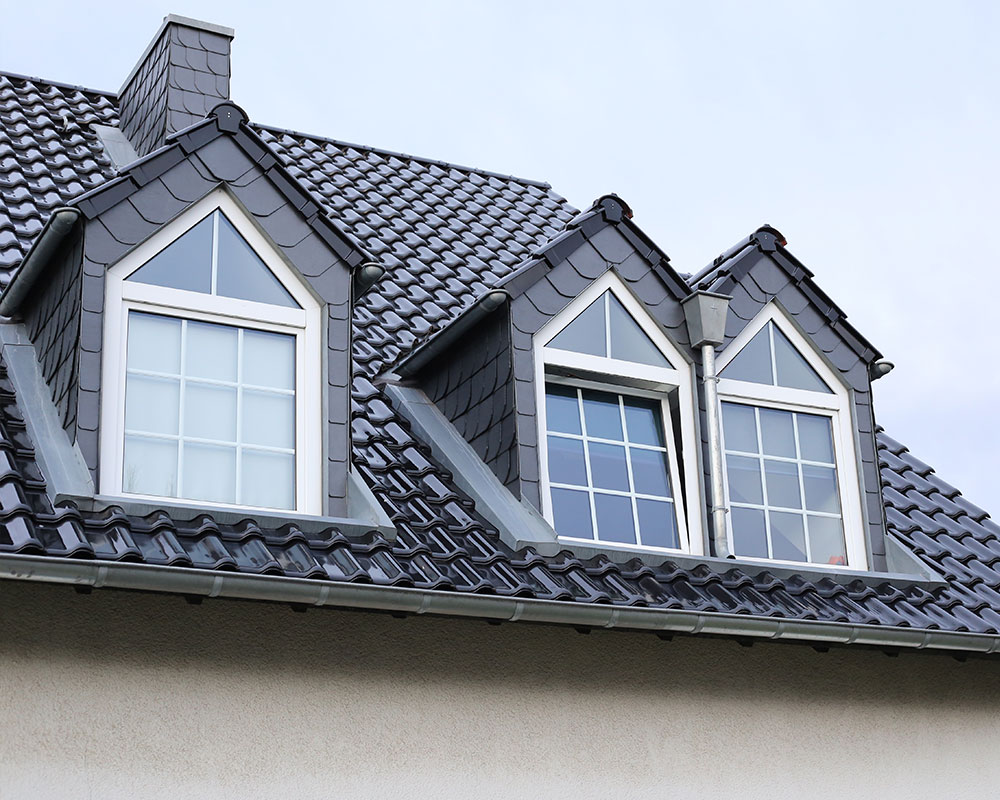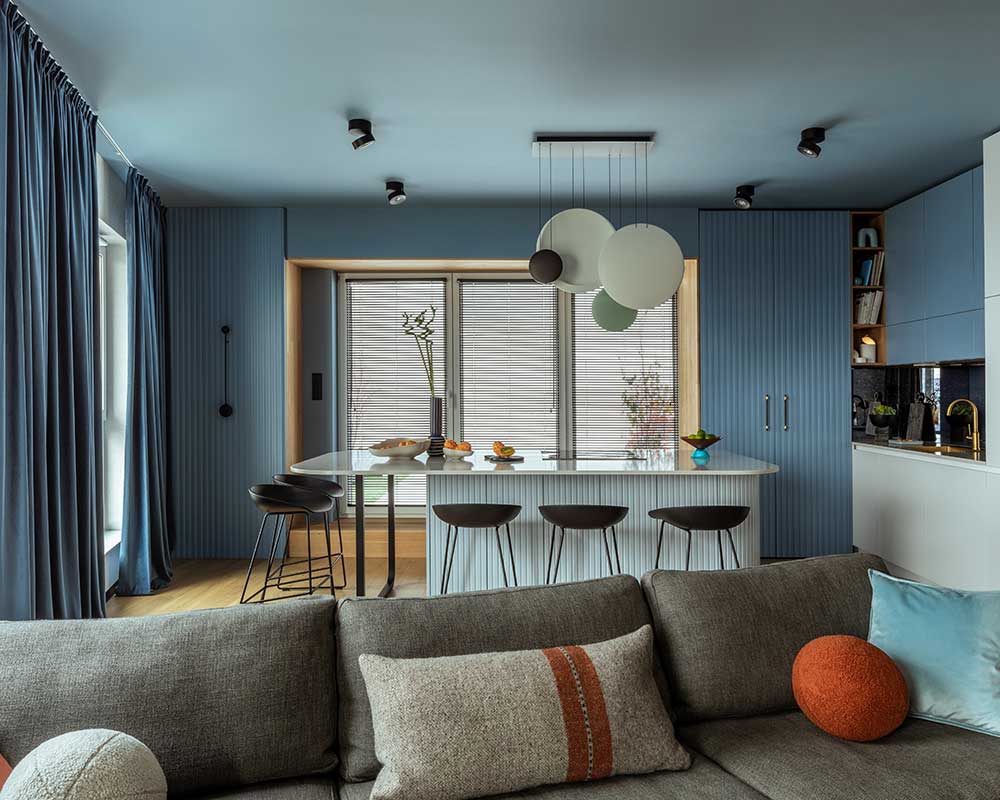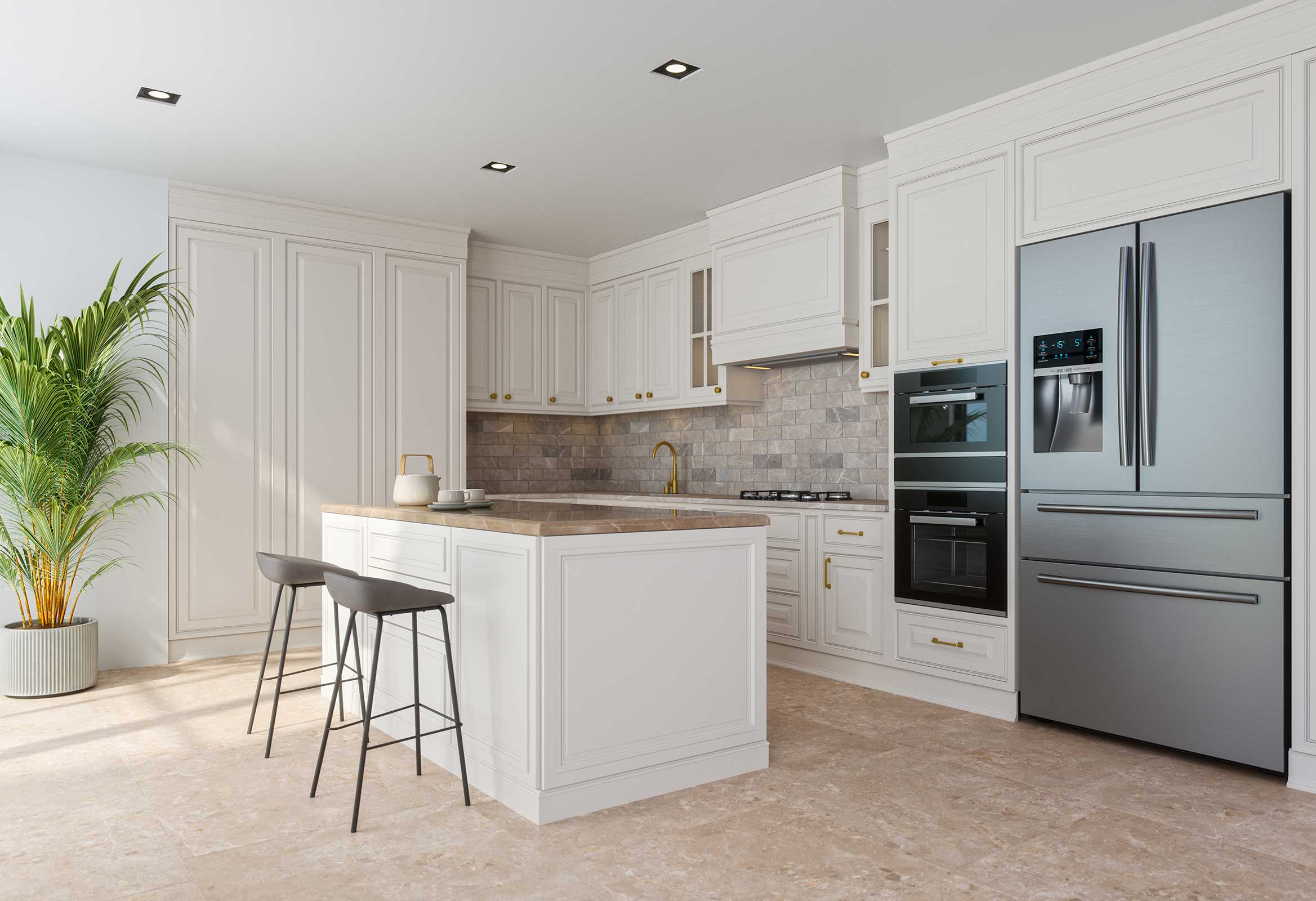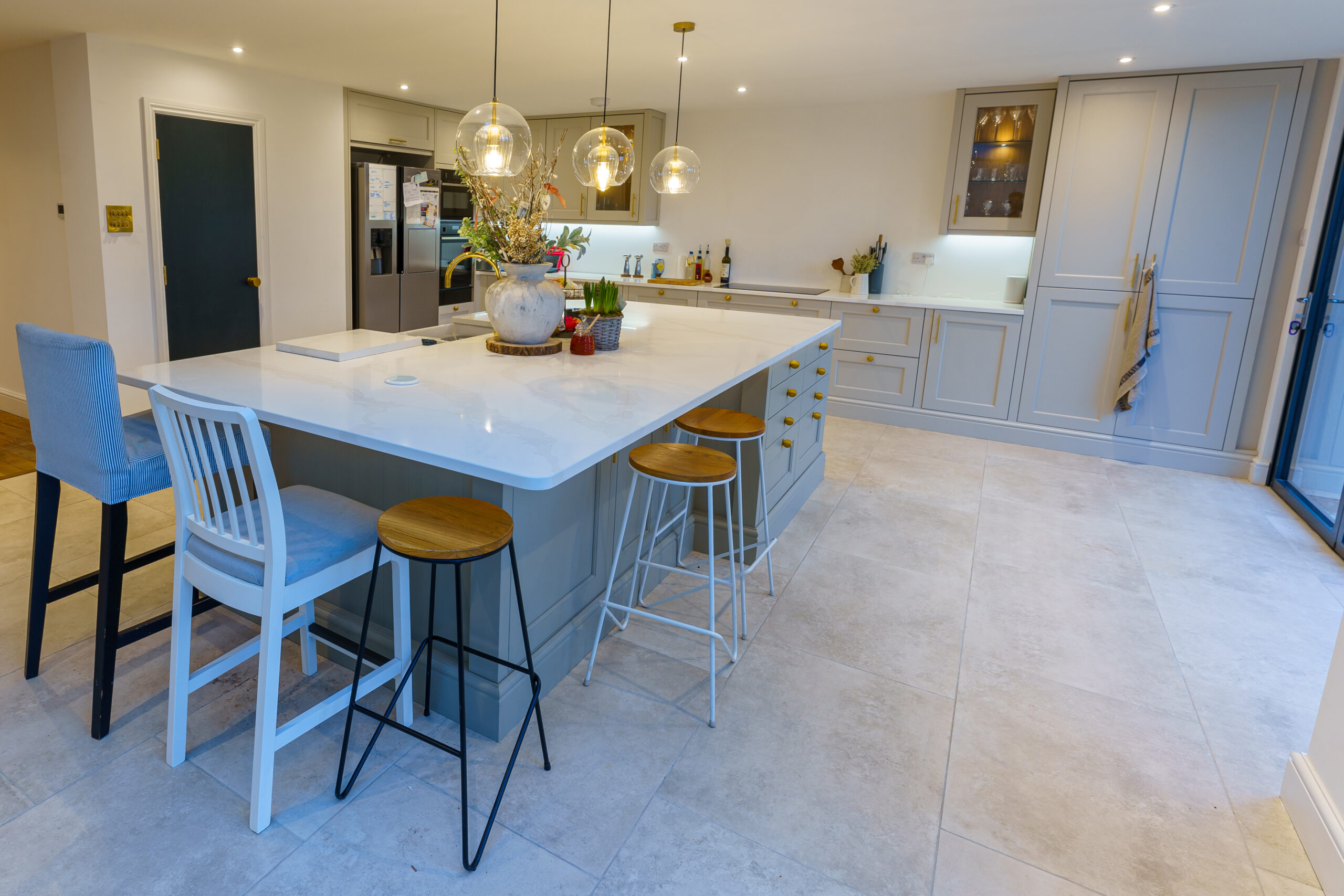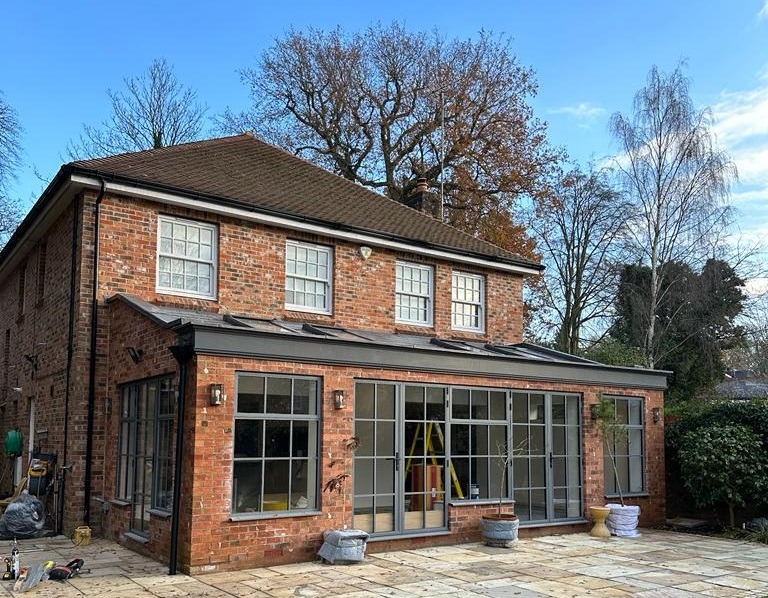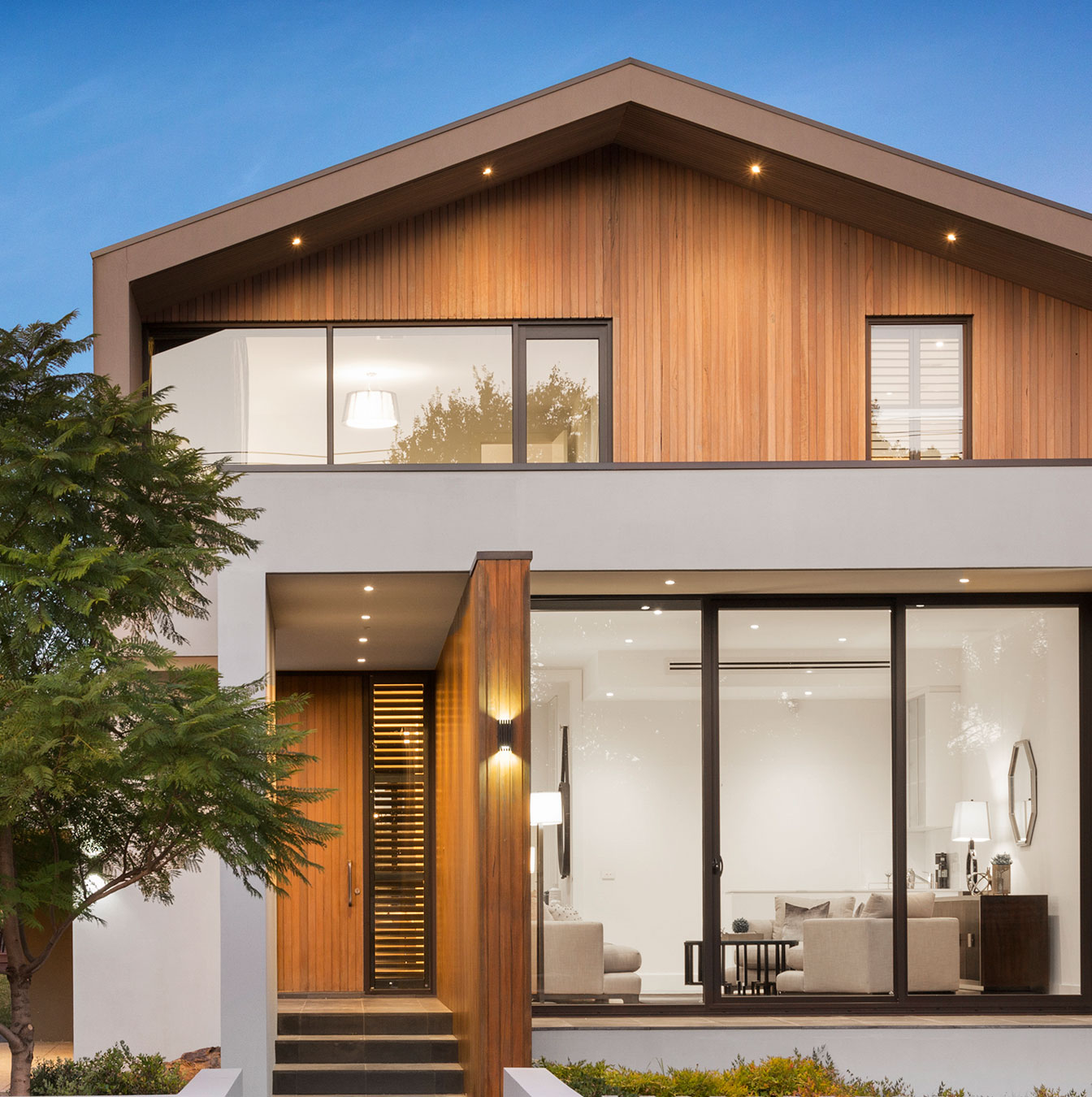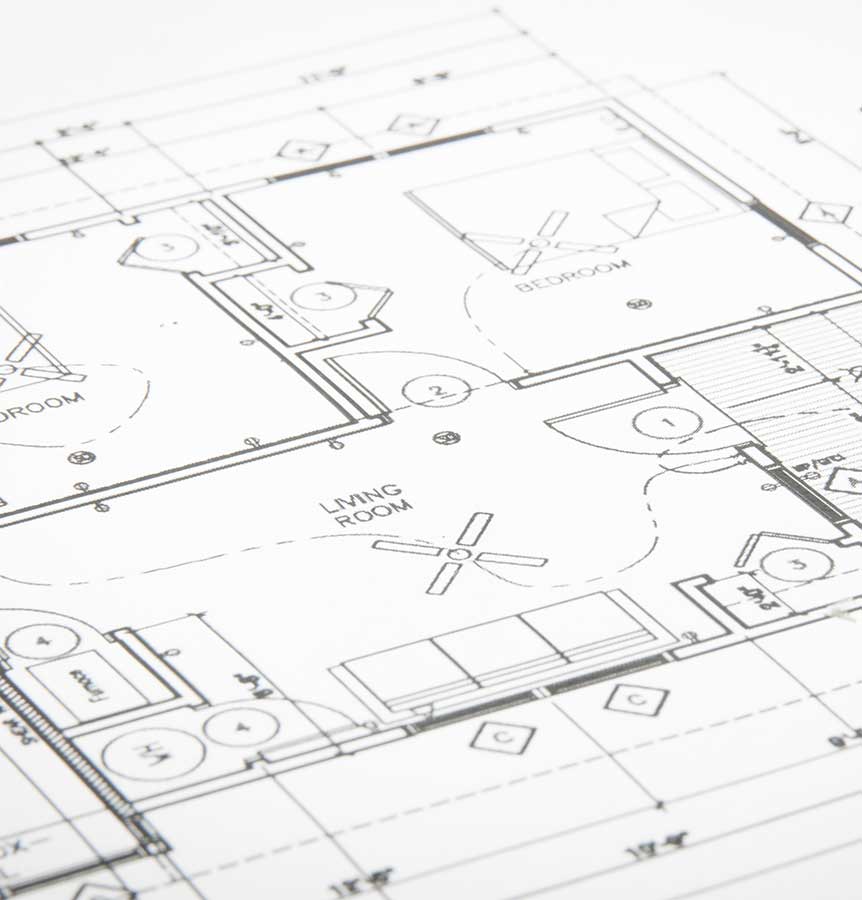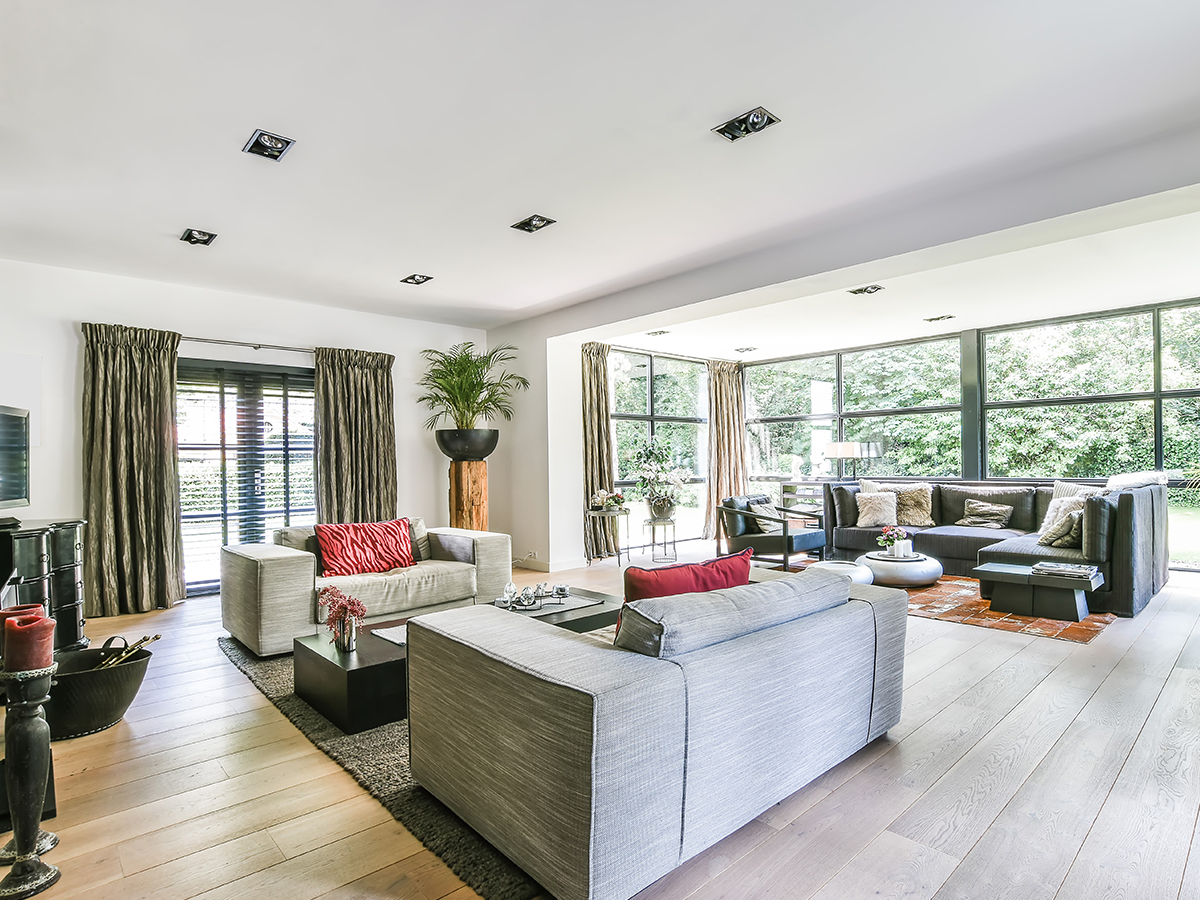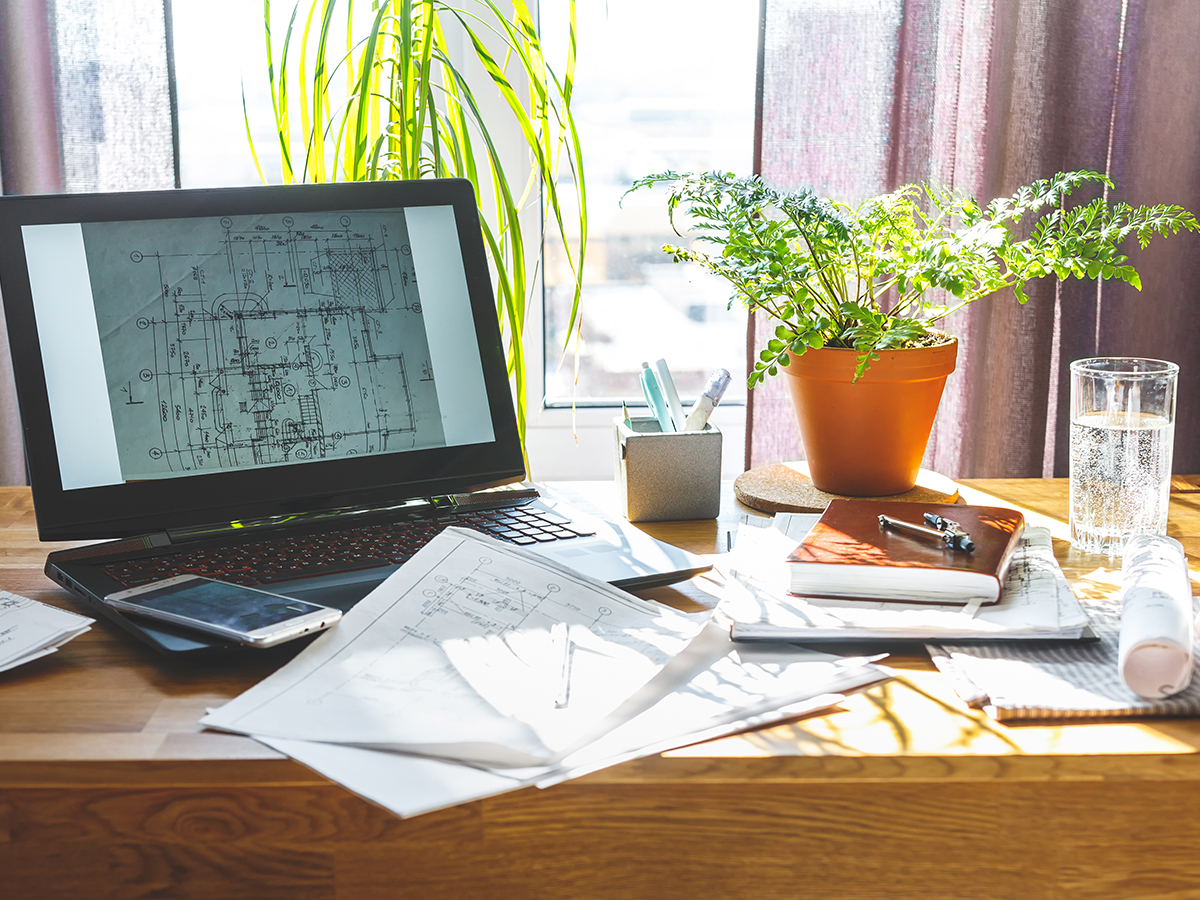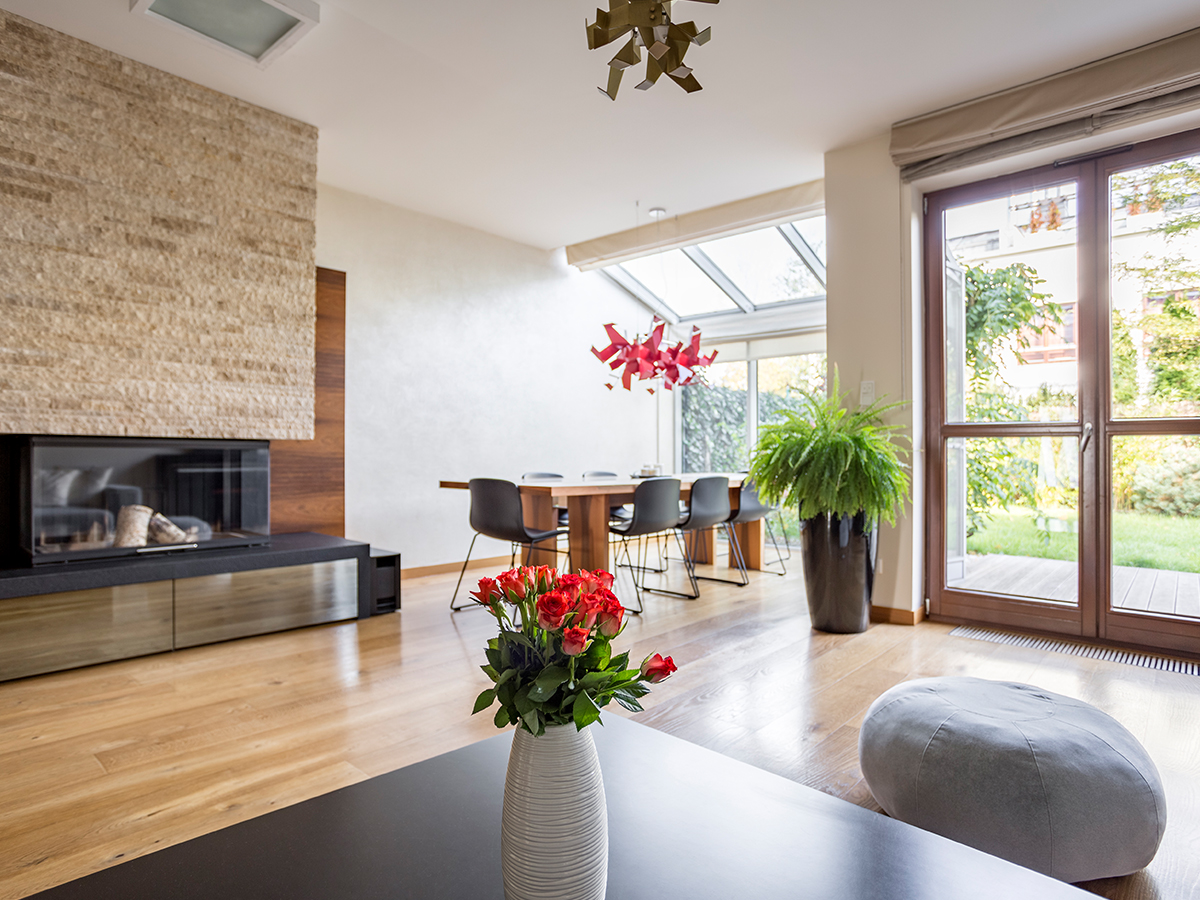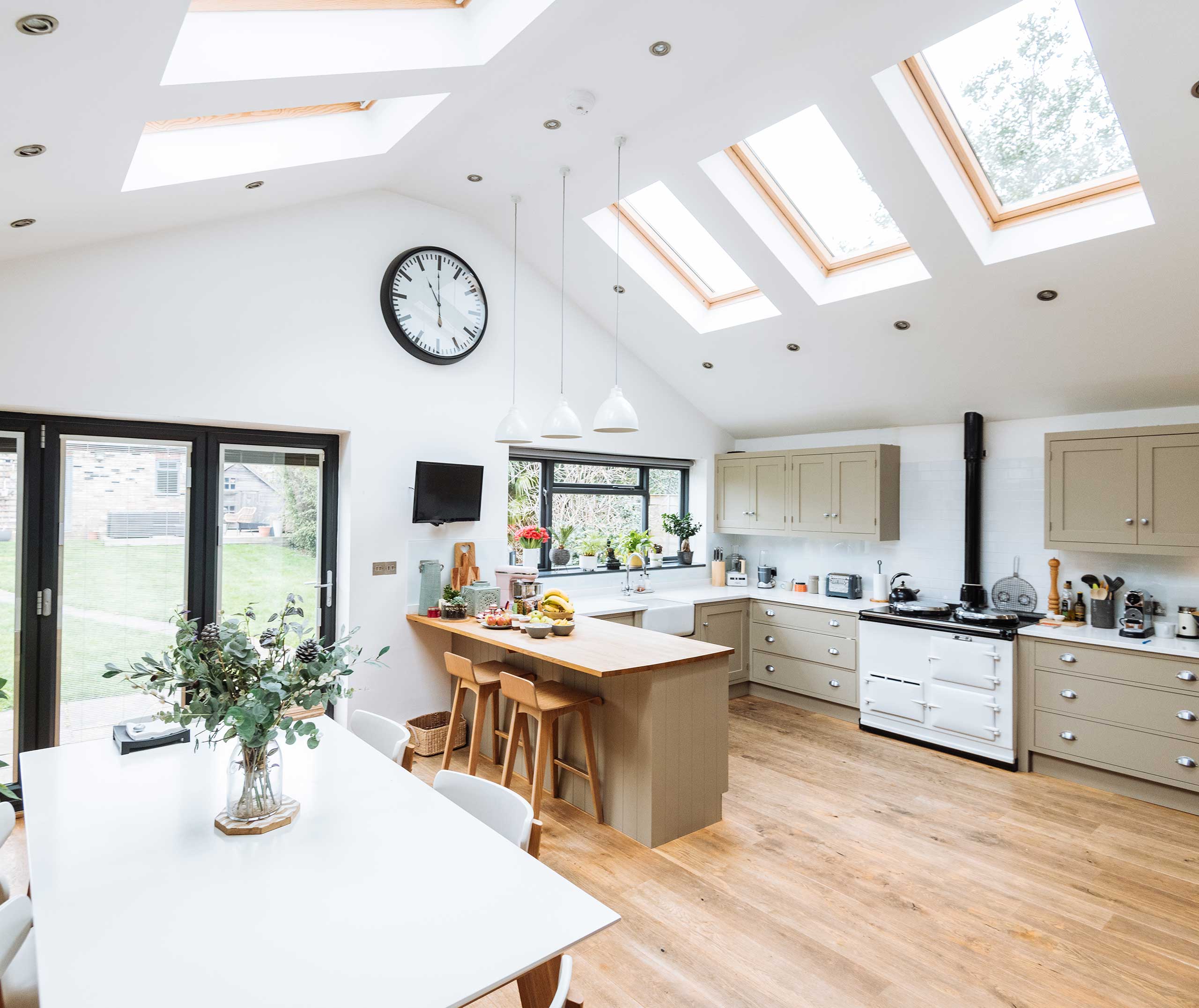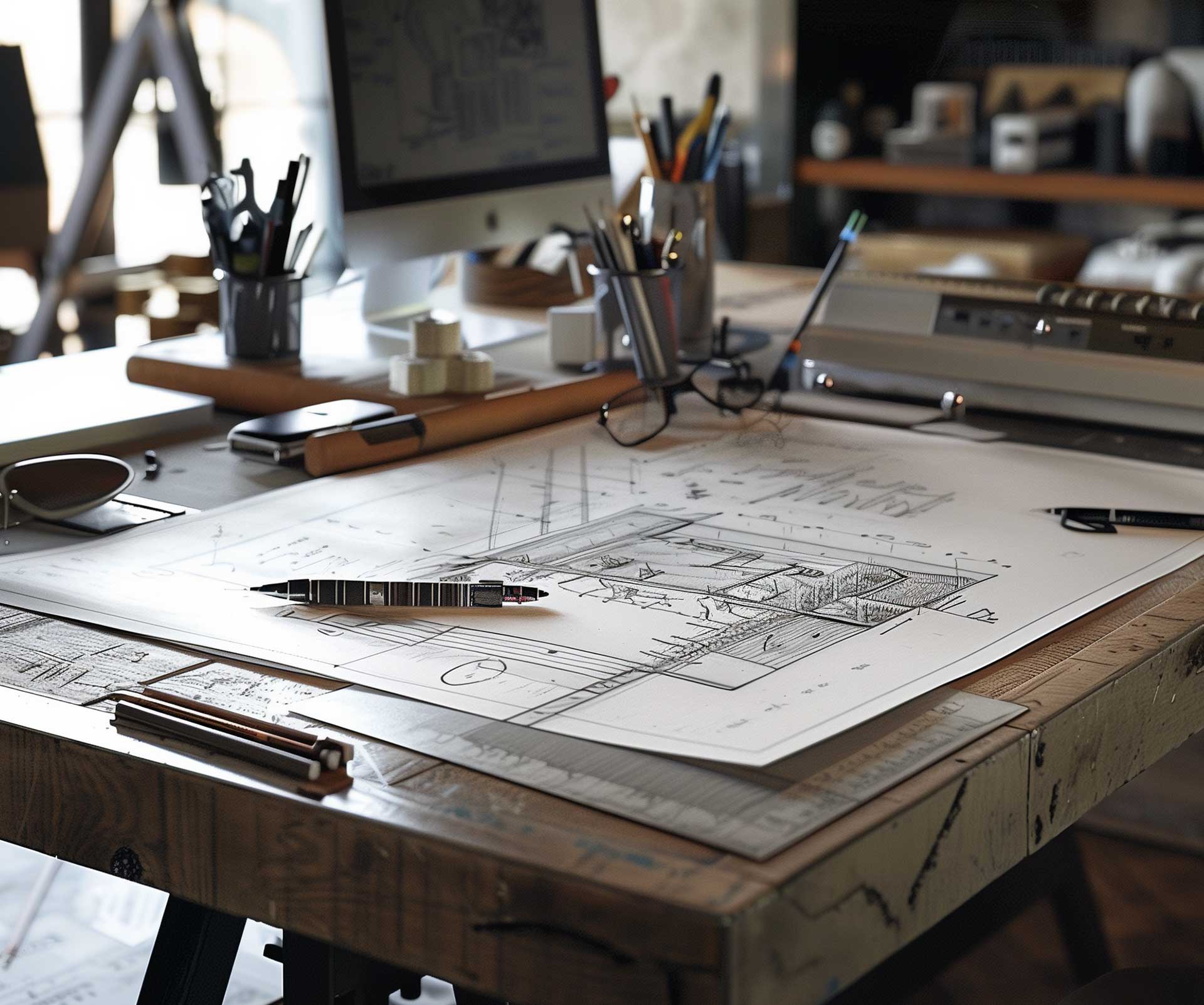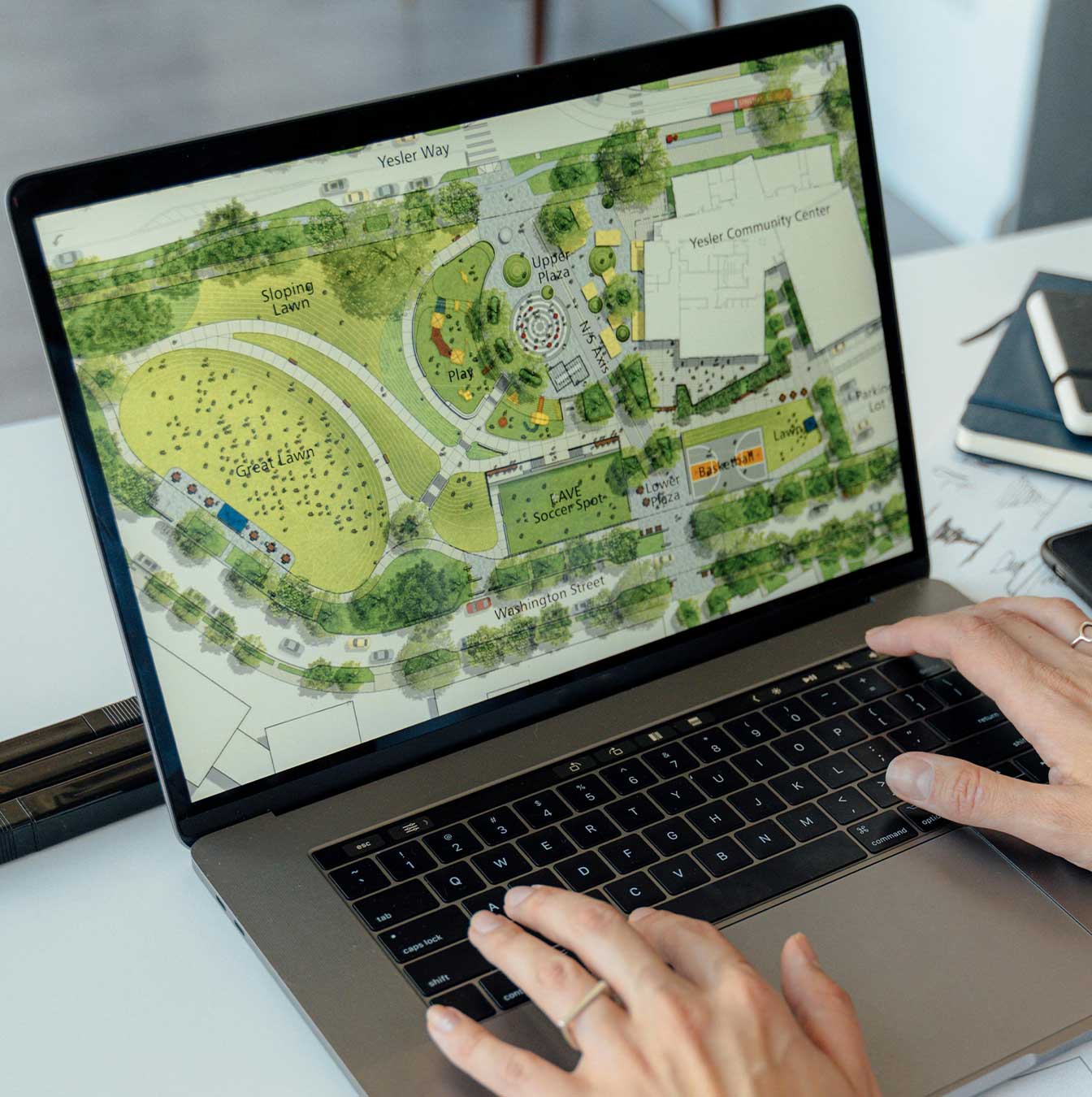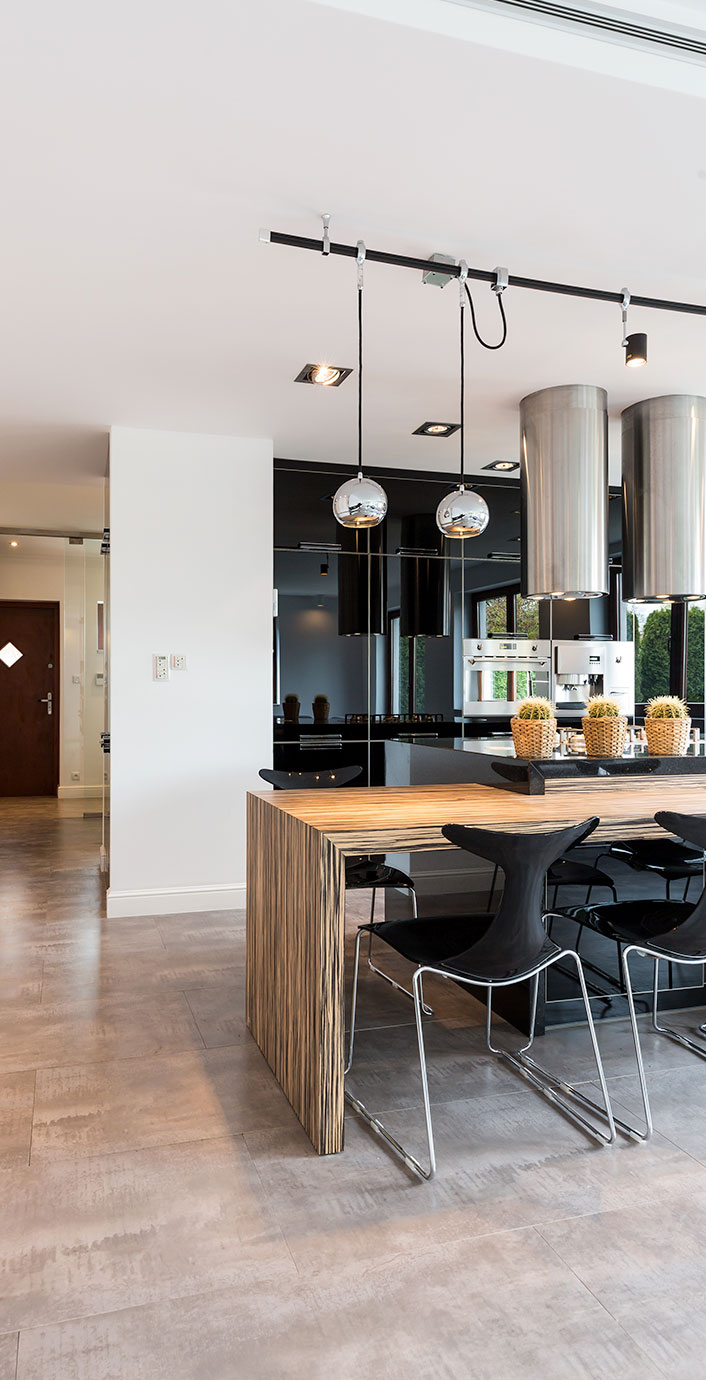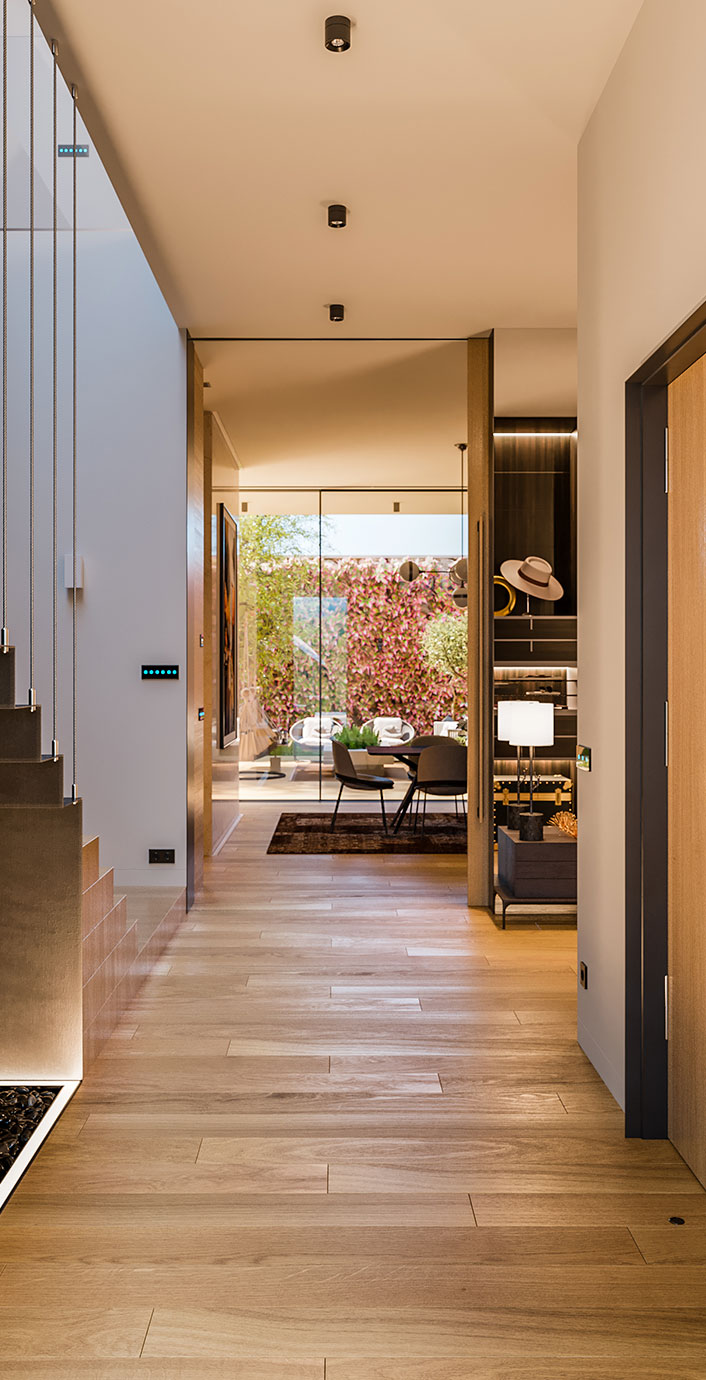Getting to the gym every day can be tough. Between work, family, and everything in between, finding time—and motivation—to make it out the door isn’t always realistic.
That’s why creating a home gym has become such a popular and practical solution. And the best part?
You don’t need loads of space or expensive equipment to make it work.
Whether you’ve got an extra room to dedicate or just a small corner to claim as your own, it’s completely possible to build a workout space that fits your goals, your routine, and your home.
Let’s walk through how to design a home gym that’s both functional and enjoyable, no matter how much room you’ve got to work with.
As architects, we believe your home gym should feel just as thoughtful, motivating, and personalised as any premium fitness facility—and we’re here to help you bring that to life.
Step 1: Know Your Space, Know Your Needs
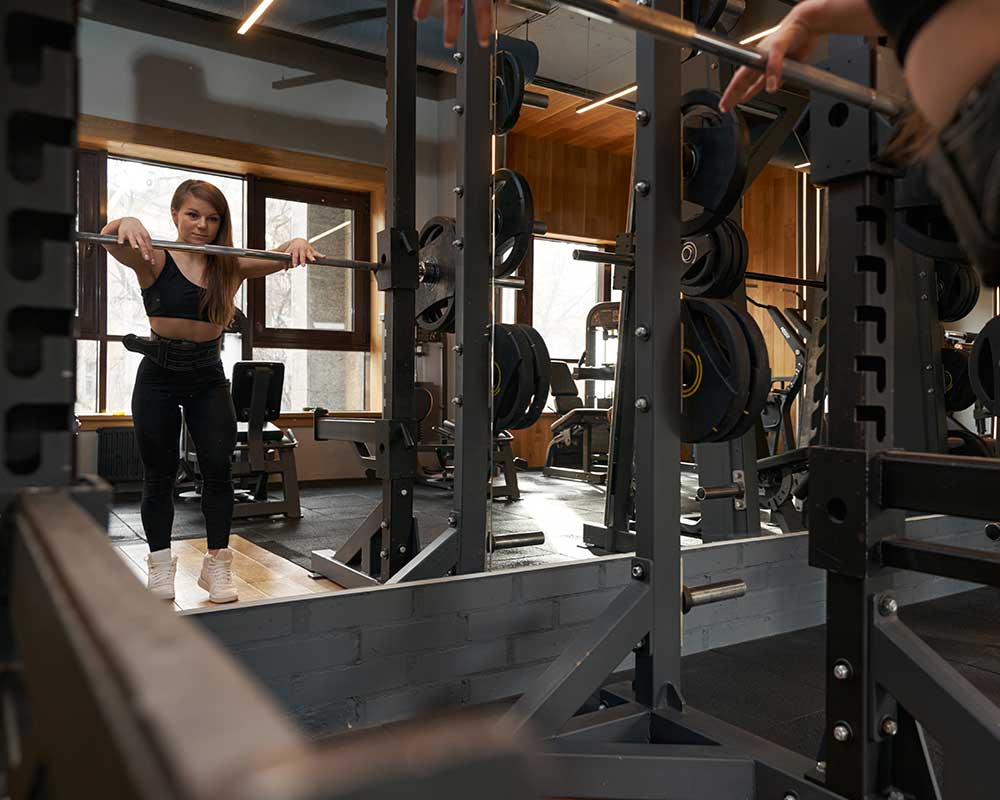
The first step in designing your home gym is truly understanding your space and your needs. Begin by physically measuring the dimensions of the space you’re considering. Note the length, width, and height of the ceiling. This information will help you determine what equipment will fit and how much room you’ll have to move around.
It’s also important to think about your daily schedule and how your workout time fits into it. Will you be working out in the morning before others are up, during your lunch break, or late in the evening? These details can affect everything from lighting choices to how soundproof the space needs to be.
Think about the types of workouts you’ll be doing most often. If your plan includes bodyweight exercises, yoga, or pilates, a yoga mat and a small area might be enough.
On the other hand, if your focus is on strength training, you may need more floor space for free weights or a bench.
Cardio-focused routines like HIIT or dance workouts often require open space and shock-absorbing flooring to reduce stress on your joints.
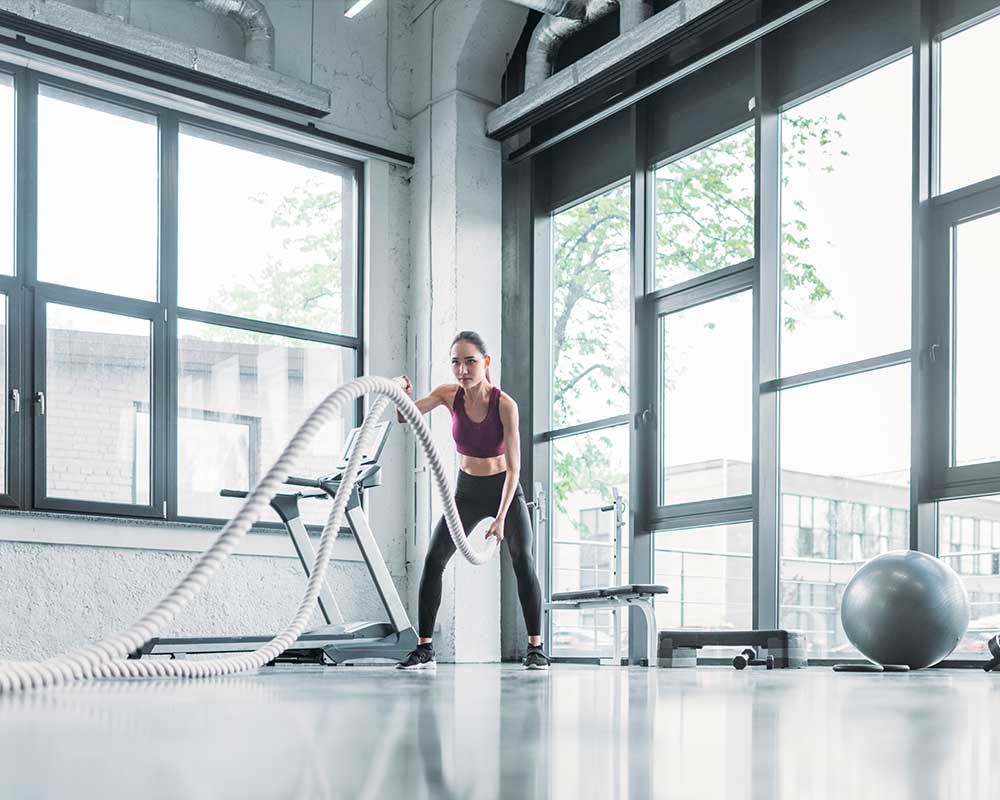
Be honest with yourself about your fitness goals. Are you training for a marathon, trying to build muscle, working on flexibility, or just hoping to get moving a few times a week?
Your goals will guide your equipment choices and how you prioritise space. Also, think about how your needs might evolve.
For example, someone recovering from an injury may need space for mobility work or stretching tools that they wouldn’t use forever, but that are essential in the short term.
Planning this phase carefully helps prevent buying unnecessary equipment or overestimating the amount of space you’ll need. This thoughtful preparation is what makes your gym feel tailored to you, not like a chaotic afterthought. As architects, we can help assess your needs and craft a setup that evolves with your lifestyle.
Step 2: Choose the Right Spot
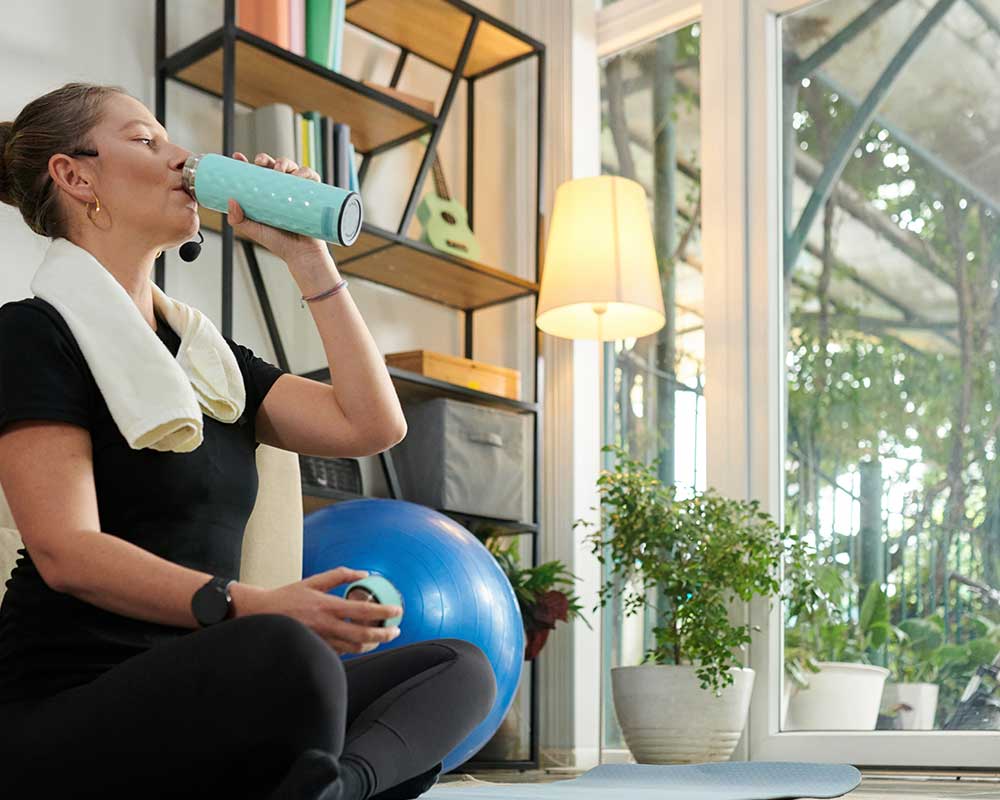
Finding the best location in your home for a gym depends on what’s available, but also on your habits, preferences, and the energy of each space. If you’re someone who thrives on quiet and focus, you’ll want a more private area. If natural light energises you, then a bright spot near windows might be better.
Spare bedrooms are great because they usually already have doors, insulation, and sockets. A door gives you privacy and helps keep noise contained. If the room has built-in storage, you can use it for storing equipment out of sight. You might even hang mirrors or install shelves without worrying about disrupting other parts of your home.
Garages and basements are ideal for more serious fitness enthusiasts. Garages typically offer concrete flooring, which is perfect for heavy equipment like squat racks or weight benches.
Basements are usually cooler, which can be a plus during intense workouts. However, both spaces might need improvements like rubber flooring, heaters, or fans depending on the season. Lighting can be dim, so consider adding bright overhead fixtures or LED light panels.
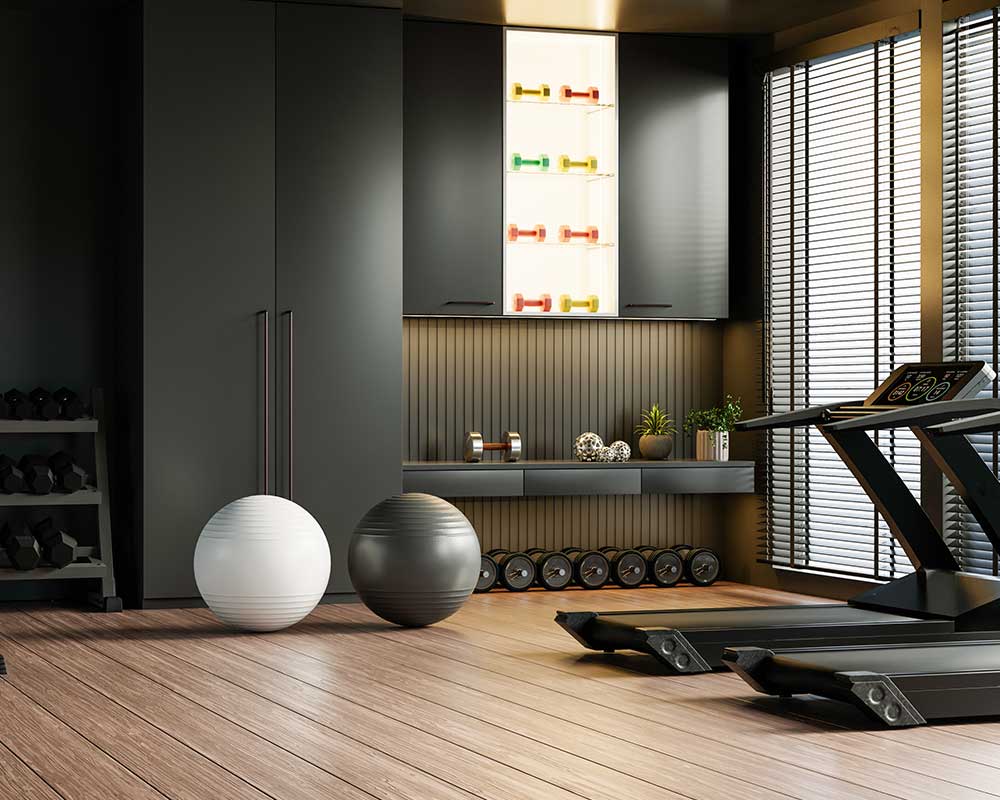
If you’re working with a space that serves more than one purpose, focus on flexibility. Think about foldable benches, under-sofa storage, or decorative baskets that hold resistance bands. A corner can become your go-to workout zone with just a few well-placed items.
For lighter routines or those short on time, placing a mat and a few essentials in your bedroom or office can be enough. If you’re sitting at a desk all day, having your workout gear within reach makes it easier to stretch or move during breaks.
Patios, decks, and balconies bring in fresh air and a change of scenery. Just make sure your equipment is weather-resistant and easy to bring inside when needed. Even a small space outside can make for an invigorating environment.
Think about nearby sockets for charging gear, Wi-Fi strength for streaming, and noise levels, both for your comfort and your neighbours. Choosing a space you enjoy being in will help you stick to your fitness goals.
We can help you assess lighting, flooring, and layout options to make your chosen space as functional and beautiful as possible.
Step 3: Focus on Practical, Versatile Equipment
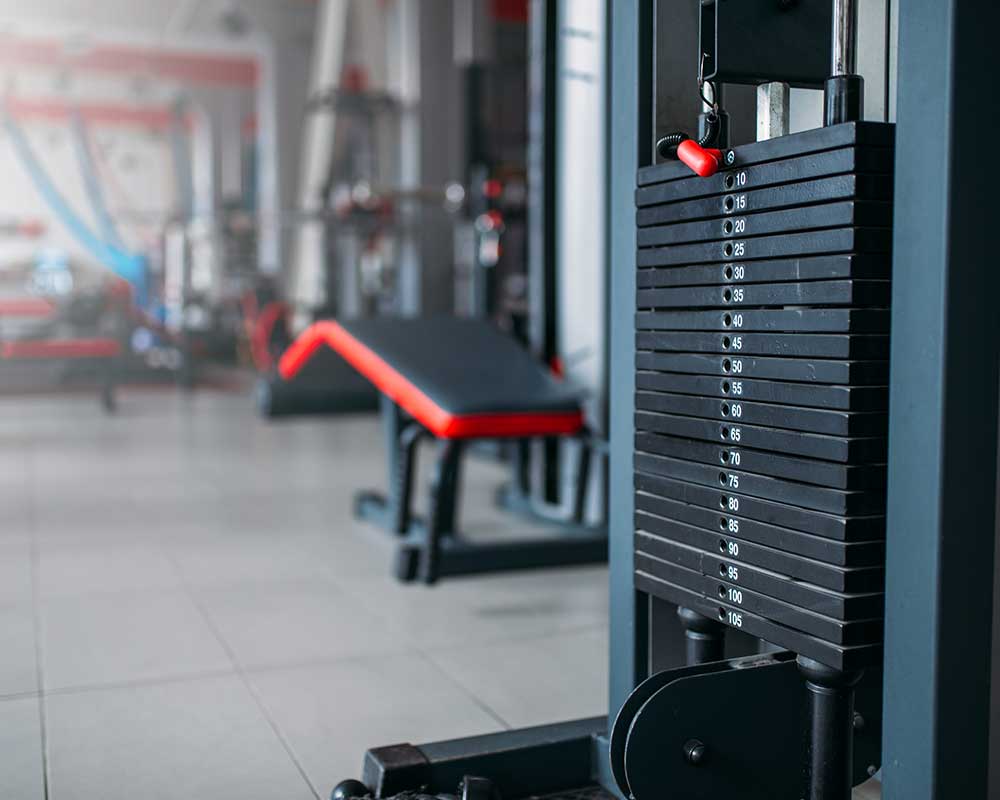
When it comes to building out your home gym, it’s easy to fall into the trap of overbuying. But you really don’t need loads of gear to get a great workout. Instead, choose items that serve multiple functions and fit neatly into your space. Start with the basics, then add on as your training progresses.
Adjustable dumbbells are great because they replace an entire rack of individual weights. You can increase or decrease the weight in small increments, making them ideal for a wide range of exercises. They’re also compact, making them perfect for small rooms.
Resistance bands come in various strengths and sizes. They’re portable, easy to store, and surprisingly effective for building strength and improving flexibility. Use them for strength training, physiotherapy, or even warm-ups and cool-downs.
Kettlebells are useful for swings, squats, lunges, and core training. A single kettlebell can be used in dozens of workouts, making it one of the most space-efficient tools out there.
A good mat is essential. Whether you’re doing yoga, stretching, or floor-based strength work, you’ll want cushioning for your joints and a non-slip surface.
Consider a bench or step that folds flat. These pieces can be leaned against the wall or stored under furniture when not in use. They’re great for multi-use rooms where your gym can’t always be on display.
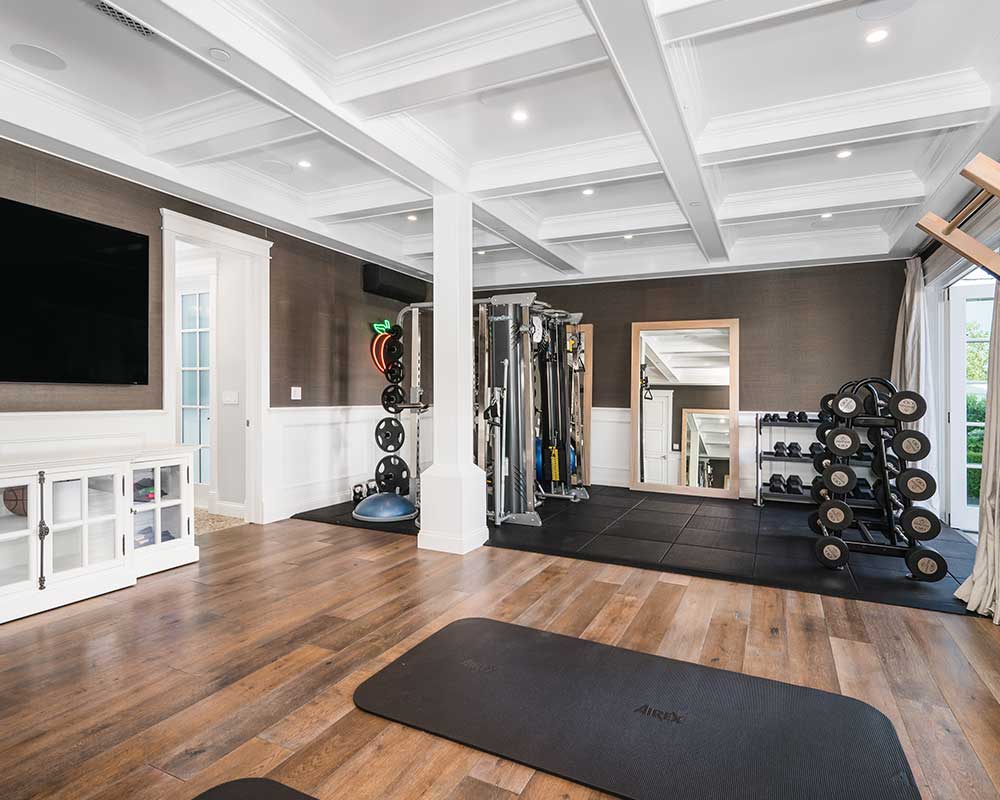
A skipping rope is one of the most efficient pieces of cardio gear around. If you have room and budget, a compact stationary bike or stepper can add variety. Look for foldable or under-desk models if space is very limited.
Stick with gear you’ll actually use. It’s tempting to buy the latest gadget, but unless it fits your routine and space, it’s better to skip it. As architects, we can help you select high-quality, multi-use gear that fits your fitness goals without overcrowding your space.
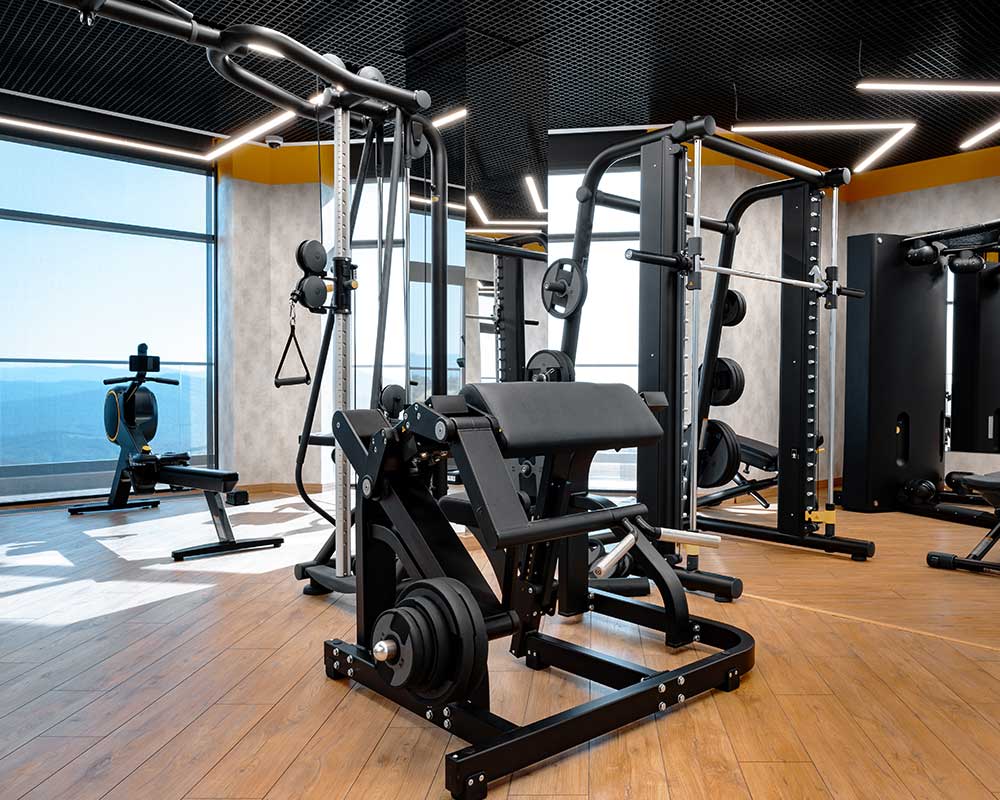
Ready to Get Started on Your Home Gym?
Building a home gym is a brilliant way to invest in your health and make movement part of everyday life.
We’re architects who love helping people design spaces that feel great to be in and actually work for the way they live. Whether it’s a spare room, garage conversion, or even a balcony with a view, we’ll help you make the most of what you’ve got.
We offer a free 30-minute consultation so we can find out more about what you’re looking for and talk through how we can help.
Book your consultation here – we’d love to hear your ideas.

